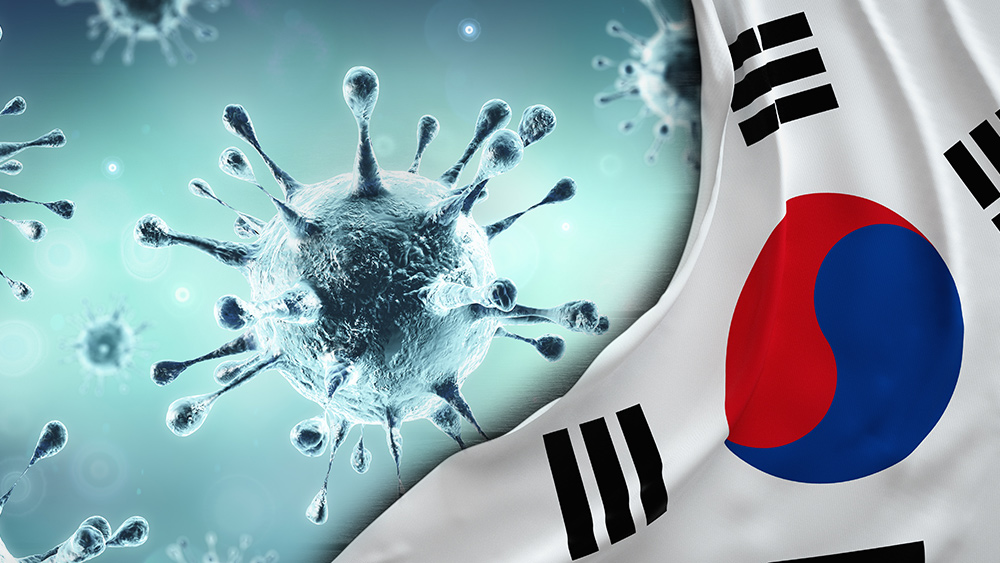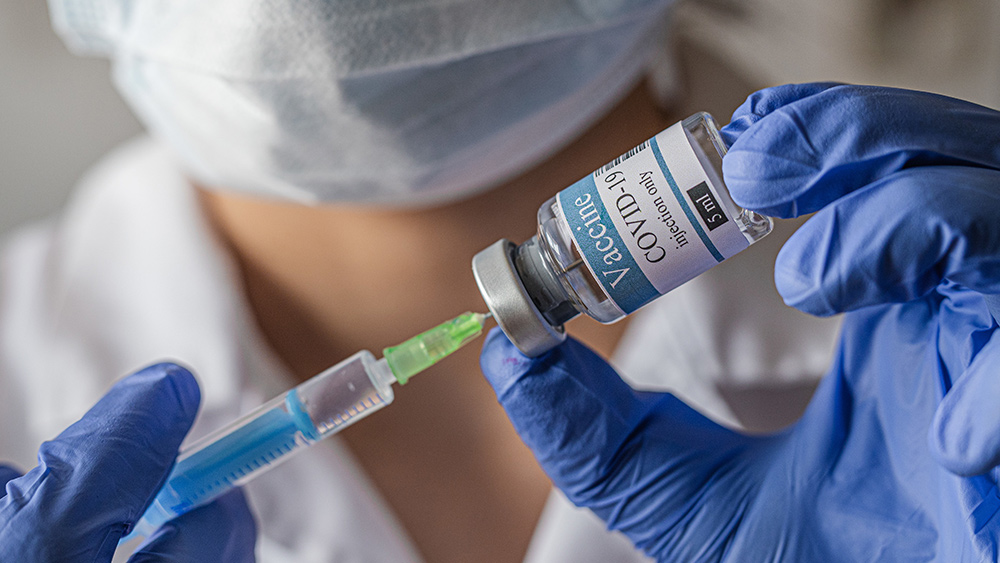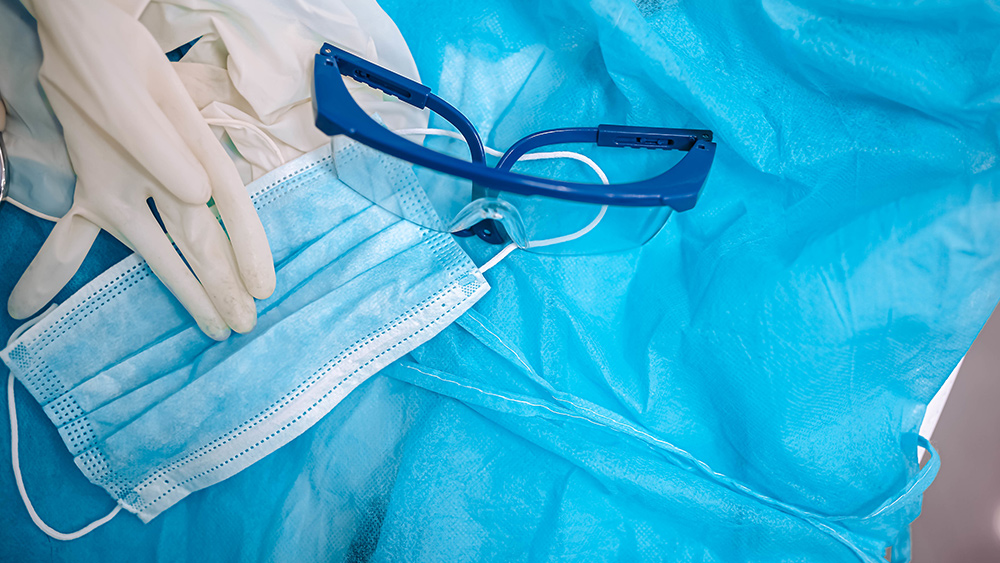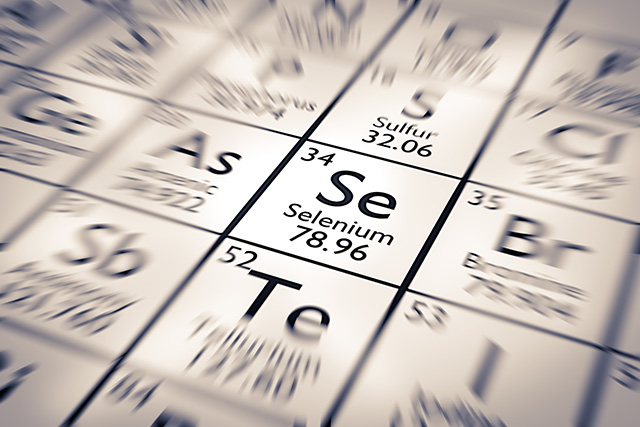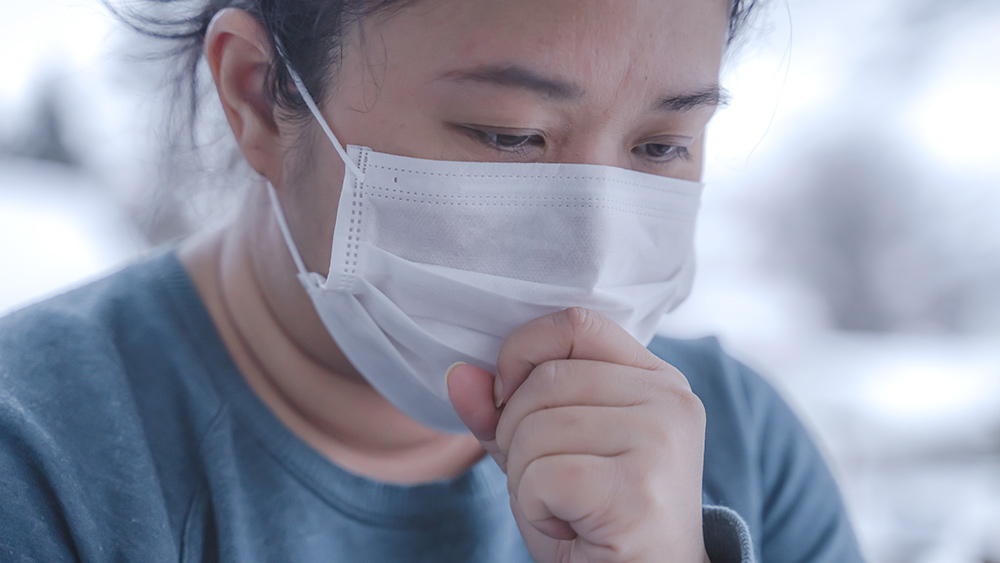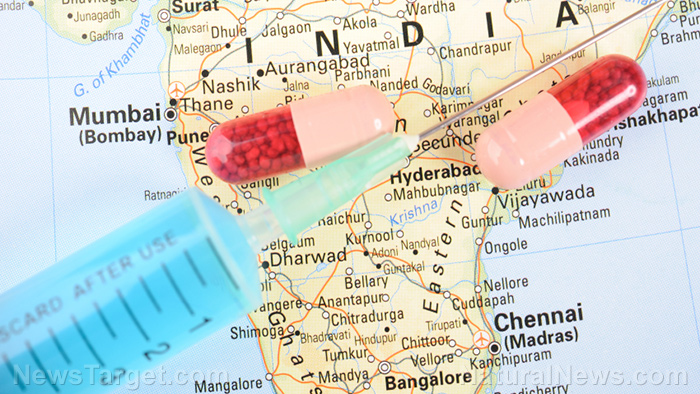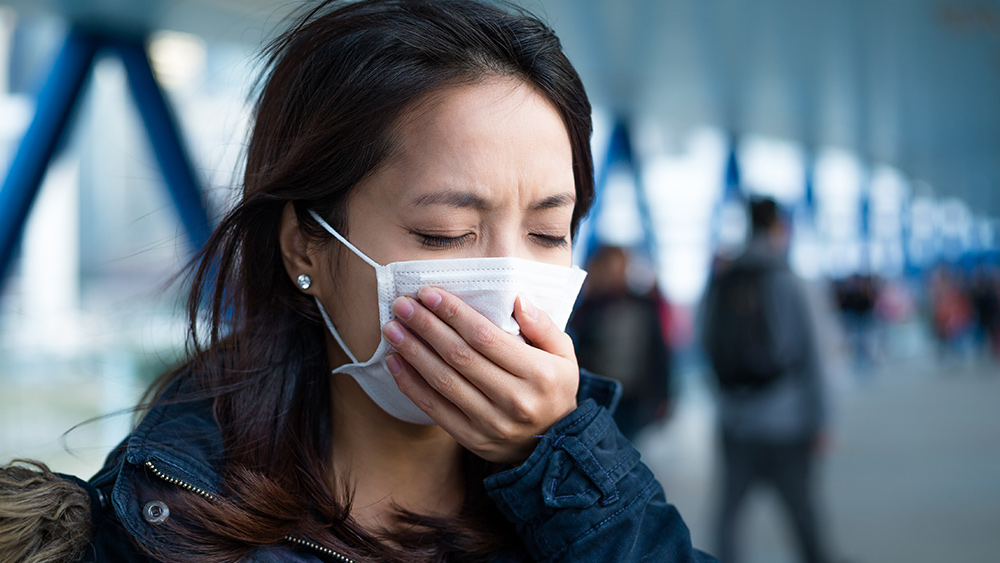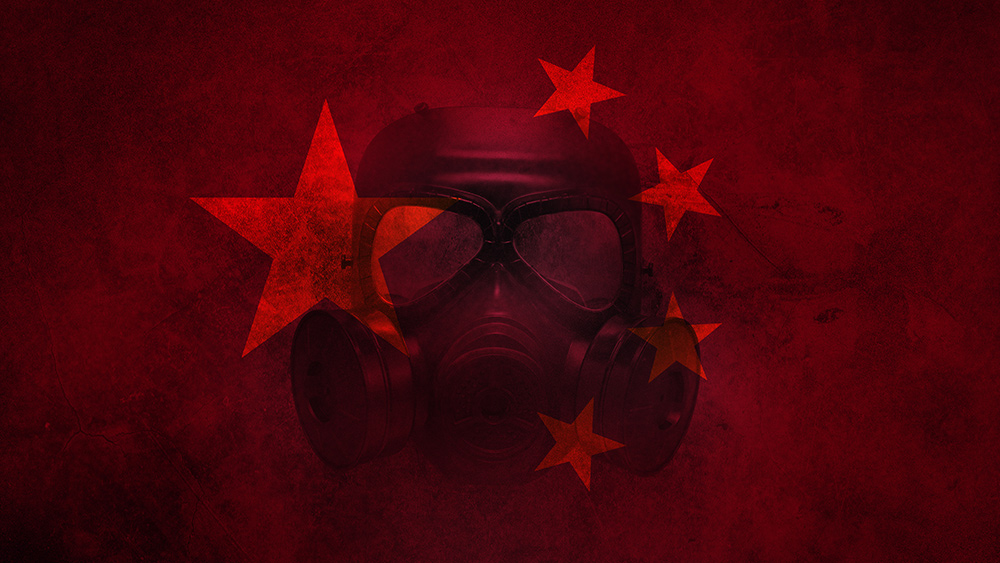Sea buckthorn leaf and twig extracts found to have antioxidant and anticoagulant activities
05/28/2020 / By Evangelyn Rodriguez
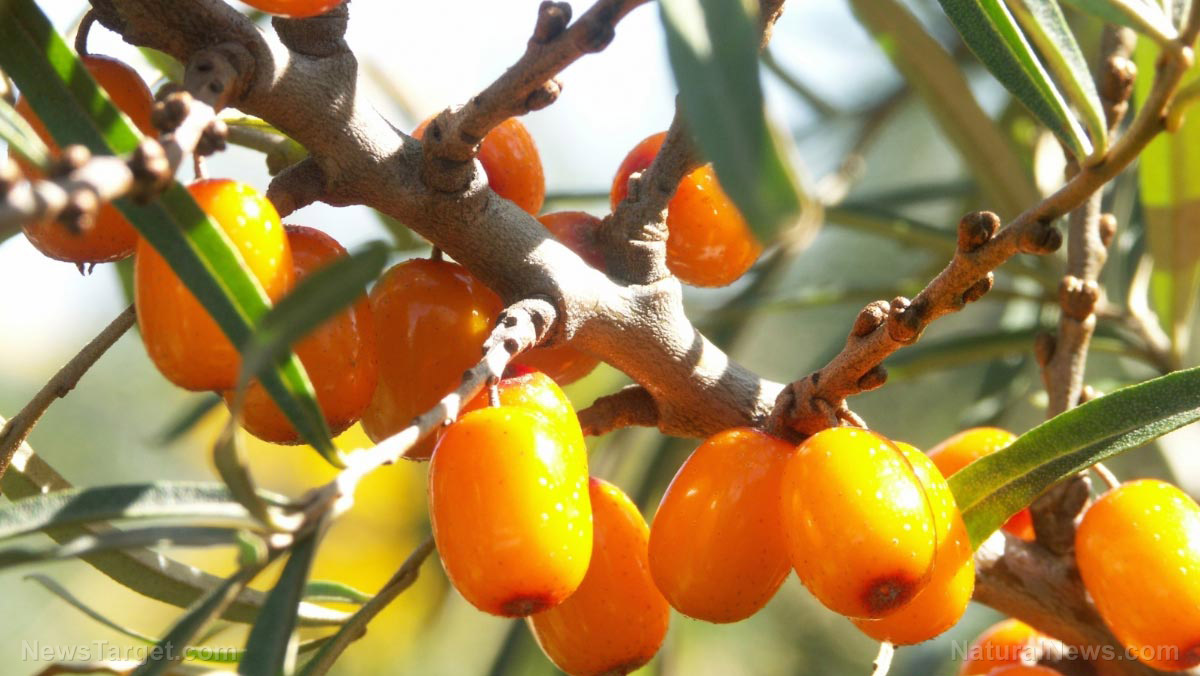
Sea buckthorn (Elaeagnus rhamnoides) is a thorny, fruit-bearing tree that’s native to Asia and Europe. It usually grows in high altitude mountain areas but can also be found along rocky shorelines. Today, sea buckthorn is cultivated on a large scale in China and Russia while different varieties of it are grown in European countries like Estonia, Finland and Germany.
Sea buckthorn is known by many names; due to its utility, it is often referred to as “gold mine,” “wonder plant,” “golden bush” or the “holy fruit of the Himalayas.” Not only is every part of the sea buckthorn plant rich in nutrients and other useful plant compounds, but the plant, as a whole, has found a variety of economic uses. Sea buckthorn has served as food, medicine and nutritional supplement, as well as a source of raw material and biofuel for many years.
In a recent study, Polish researchers investigated the antioxidant and anticoagulant properties of sea buckthorn twig and leaf extracts. While literature on sea buckthorn abound, only a few have explored its potential to prevent or treat cardiovascular disease (CVD) by reducing oxidative stress and modulating changes in hemostasis. The researchers discussed their findings in an article published in BMC Complementary and Alternative Medicine.
Sea buckthorn is rich in nutrients and beneficial compounds
Sea buckthorn has a long history of use as a medicinal plant. Records show that it was widely used in both Ayurvedic and Traditional Chinese Medicine (TCM) — two of the oldest medical systems in the world. Sea buckthorn and its products are said to protect against diabetes, promote skin health, boost immune function, fight cancer and improve liver function, among others.
According to studies, the fruits of sea buckthorn, also called seaberries, are rich in essential nutrients and phytonutrients. A 100 g serving of seaberries provides about 600 mg of vitamin C, 180 mg (270 IU) of vitamin E, 80 mcg of folic acid and a variety of carotenoids (lycopene, beta-carotene, zeaxanthin), unsaturated fatty acids (omega-3, -6, -7 and -9), organic acids (quinic acid, malic acid) and flavonoids.
Sea buckthorn oil, a popular topical remedy, can be derived from the seeds, leaves and fruits of sea buckthorn. Analysis of its chemical components shows that it is rich in vitamins E and K, antioxidant carotenoids and flavonoids, plant sterols and healthy, anti-inflammatory fats. While the oil extracted from sea buckthorn fruit residue (peel included) is the most nutrient-dense, the oil obtained from sea buckthorn seeds has the highest amounts of unsaturated fats and plant sterols.
Sea buckthorn is an excellent source of antioxidants, anticoagulants and anti-platelets
Due to sea buckthorn’s tremendous therapeutic potential, the bioactive compounds present in its fruits are of particular interest to researchers. Sea buckthorn leaves, which are often used to make tea, are also a great source of both dietary and plant nutrients, such as phenolic compounds and triterpenes.
For their study, the researchers compared the biological activities of sea buckthorn leaf and twig extracts with those of commercial berry extracts derived from sea buckthorn berry, chokeberry (Aronia melanocarpa) and grape seed (Vitis vinifera). These three extracts are known for their antioxidant properties.
The researchers also looked at the effect of the extracts on oxidative stress by measuring its biomarkers. Additionally, they determined the potential mechanism by which the extracts modulate the hemostatic properties of human plasma.
The researchers reported that sea buckthorn leaf and twig extracts exhibit antioxidant activities against two strong biological oxidants, namely, hydrogen peroxide (H2O2) and H2O2/Fe (the donor of hydroxyl radicals). These free radicals are responsible for human plasma lipid peroxidation and protein carbonylation – two markers of oxidative stress. CVD is one of many chronic diseases associated with oxidative stress, or the imbalance of free radicals and antioxidants in the body.
The researchers also found that both sea buckthorn leaf and twig extracts have anticoagulant and anti-platelet properties. Anticoagulant activity (blood thinning) refers to the inhibition of blood clotting factors while anti-platelet activity refers to the inhibition of enzymes that cause platelets to clump together.
Based on these findings, the researchers concluded that sea buckthorn leaves and twigs are also excellent sources of active substances, particularly antioxidants, which can be used for the prevention or treatment of oxidative stress-related conditions, such as heart disease.
Sources include:
Tagged Under: alternative medicine, anticoagulant, antioxidants, food cures, food is medicine, functional food, heart health, herbal medicine, Herbs, natural cures, natural medicine, phytonutrients, plant medicine, prevention, research, sea buckthorn

